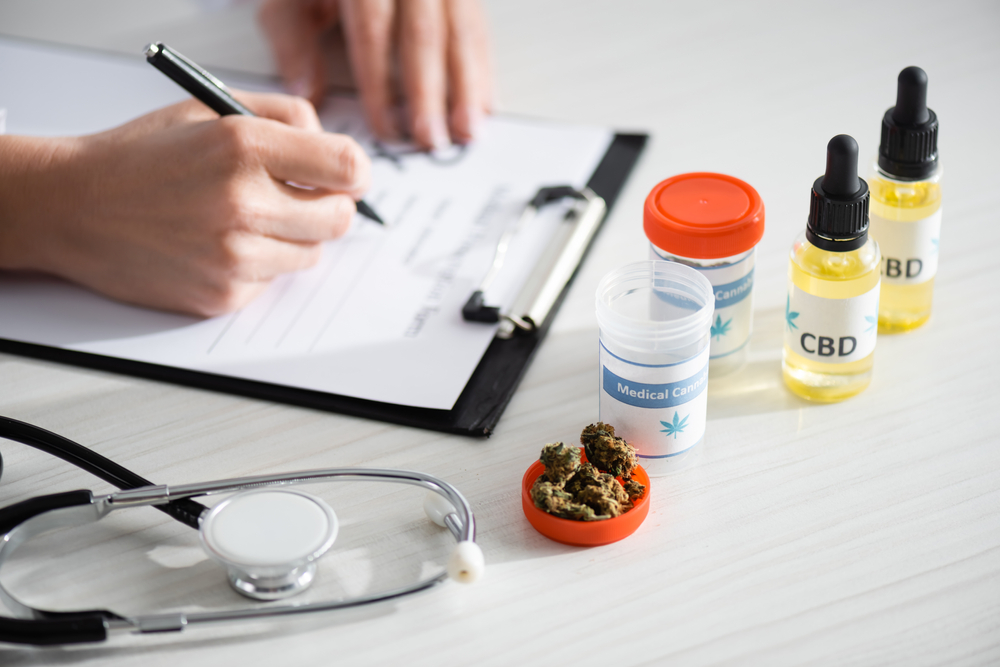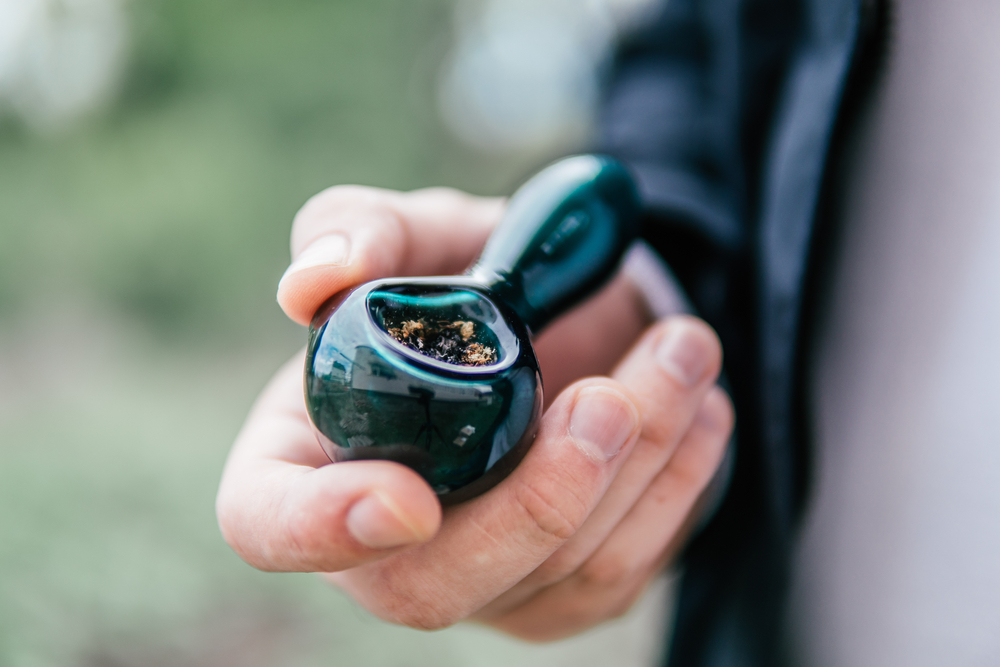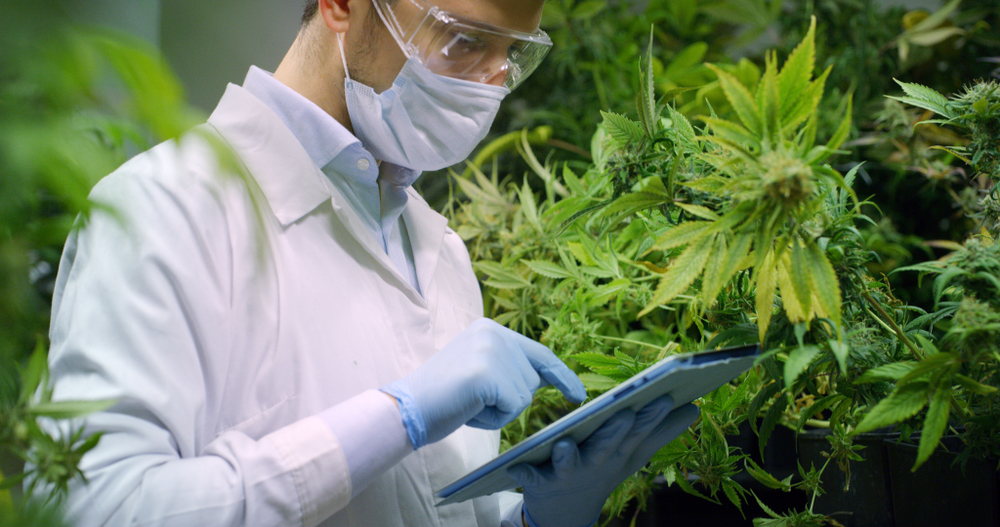Whether you are a frequent cannabis user or not, your body comes equipped with its very own handy-dandy endocannabinoid system. While it’s not typically covered in school biology classes, your endocannabinoid system plays a vital role in regulating multiple bodily functions.
That’s right! Even if you abstain from cannabis completely, this system still serves an integral purpose and manages several endocannabinoid receptors to have your body functioning in tip-top shape!
In other words, with or without cannabis, your body naturally generates its special brand of cannabinoids known as endocannabinoids, which act to regulate functions such as pain sensation, mood, memory, appetite and more, to ensure that they are all carried out effectively.
Still, we’ll get into these various functions in greater detail a little later on!
That said, if you do partake in cannabis use, prepare to learn more about how it interacts with this vital system.
Today, we’re taking a deep dive into the endocannabinoid system to explain what it is, what it does and how CBD and THC in cannabis interact with this system and affect it.
So, let’s get into it because there’s a lot of material to cover!
What is the Endocannabinoid System?
All creatures, including mammals, birds and other invertebrates, have some variation of an endocannabinoid system. We know, just when you thought you were special!
Essentially, the endocannabinoid system (ECS) is a complex biological network of neurotransmitters and receptors that utilize nearly every cell in your central nervous system.
The endocannabinoid system is comprised of three primary elements:
- Cannabinoid receptors on the surface of cells
- Endocannabinoids – the molecules that “activate” cannabinoid receptors
- Enzymes that break down endocannabinoids after they’ve served their purpose
The ultimate objective of your body’s endocannabinoid system is to maintain a condition known as homeostasis. In simpler terms, homeostasis refers to any robotic process that living things use to maintain the stable conditions necessary for survival.
So, in other words, when your body is in a state of homeostasis, it means that it’s all Gucci, gang!
However, when things are thrown off, for instance, if your body is in pain or you’re hungry, your endocannabinoid system works to rectify these conditions and return your body back to its ideal state where all is right with the world – aka homeostasis.
It also influences the effects of cannabis.
Over the years, scientists and researchers have discovered that external substances, such as some captivating cannabis, can directly impact the endocannabinoid system by changing or limiting the various enzymes’ functions.
What Does the Endocannabinoid System Do?

As we said, regardless of if you’re an avid toker or not, your endocannabinoid system is crucial in maintaining nearly every physiological and cognitive process in your body and brain, including but not limited to:
Appetite
Endocannabinoids are responsible for not only maintaining a healthy appetite but also taste perception. In this way, the release of cannabinoids in your stomach and brain works together to make you hungry.
So, it shouldn’t come as a surprise that some of your favourite cannabis strains induce a ravenous case of the munchies after a good smoke sesh or that food tends to taste better when you’re stoned.
Pain
Since your endocannabinoid system operates within your body’s central nervous system, it directly interacts with the brain’s pain sensory centre and the body’s nerve cells. This interconnectedness means that endocannabinoids act as anti-pain and anti-inflammatory chemicals to help your body regulate pain and other physical sensations.
This endocannabinoid signaling helps minimize the number of pain signals nerves send to the sensory pain center in the brain while also inhibiting the brain’s reception of these pain signals.
This insight leads many scientists to believe that pain-relieving medications, such as Tylenol, relieve pain through increasing endocannabinoid levels.
Memory & Mood
By regulating other crucial neurotransmitters like serotonin and dopamine, aka the happy chemicals, endocannabinoids and the greater endocannabinoid system handle several regulating functions, including critical thinking, planning and memory.
Additionally, two primary endocannabinoids, anandamide and 2-AG, also directly maintain how your brain responds to stress. That said, we can all agree that a good toke of your favourite cannabis at the end of a long day is one of nature’s best, most effective stress relievers!
Anandamide and 2-AG activate the CB1 and CB2 receptors. CB1 receptors are present in the body’s central nervous system, connective tissues and organs. On the other hand, CB2 receptors are found in the periphery body (away from the centre), immune system, and gastrointestinal tract.
So, as we touched on briefly before, if one or more of the above functions is thrown off, a cell will produce natural endocannabinoids that bind to cannabinoid receptors. These endocannabinoids transmit a message or perform endocannabinoid signaling to create the alert that something is unbalanced, triggering a response to set it right.
How do CBD and THC Affect the Endocannabinoid System?

THC, also known by its longer name tetrahydrocannabinol, is the primary cannabinoid found in cannabis that produces the typical ‘high’ effect.
Once your body has ingested it, the THC interacts with your endocannabinoid system by binding to the cannabinoid receptors, just like the natural endocannabinoids your body produces.
What makes THC unique and powerful is that it can bind to both CB1 and CB2 receptors, allowing it to have a broad range of effects on both your physical body and your mind. For instance, THC may interact with your endocannabinoid system to help reduce pain or make you feel hungry.
However, it can also produce negative side effects, such as making users feel more paranoid or anxious, in some cases.
On the other hand, CBD, or cannabidiol, won’t get you high like its THC cannabinoid counterpart and usually doesn’t cause any adverse experiences or effects. While experts aren’t 100% clear on how precisely CBD interacts with the endocannabinoid system, they know that it doesn’t bind to CB1 or CB2 directors the same way THC does.
Instead, many researchers believe that CBD works by stopping endocannabinoids from breaking down, allowing them to affect the body more. However, others believe that CBD binds to one or more cannabinoid receptors that haven’t been discovered yet.
Your Endocannabinoid System & You
The ECS plays a substantial role in regulating some of your body’s most primal, vital functions, including maintaining your mood, memory, appetite, body temperature, libido, and more. Who would have thought that something as small as endocannabinoids could have such a substantial impact!
These tiny elements play a crucial part in ensuring that you are happy and healthy. From endocannabinoid signaling to endocannabinoid receptors they communicate how best to soothe your body and maintain homeostasis.
In addition, ingesting cannabis can have a significant impact on the functionality of this intricate system.
You can see this in many ways, including experiencing a particularly aggressive case of the munchies, pain relief, or the euphoria and happiness you feel after smoking. However, it can also play a hand in producing some less than favourable effects, such as anxiety or paranoia, with some strains or if ingested in higher quantities.
So, whether you’re a regular toker or non-smoker, take a minute to appreciate your ECS and all it does for your mind, body and soul!


 No products in the cart.
No products in the cart.